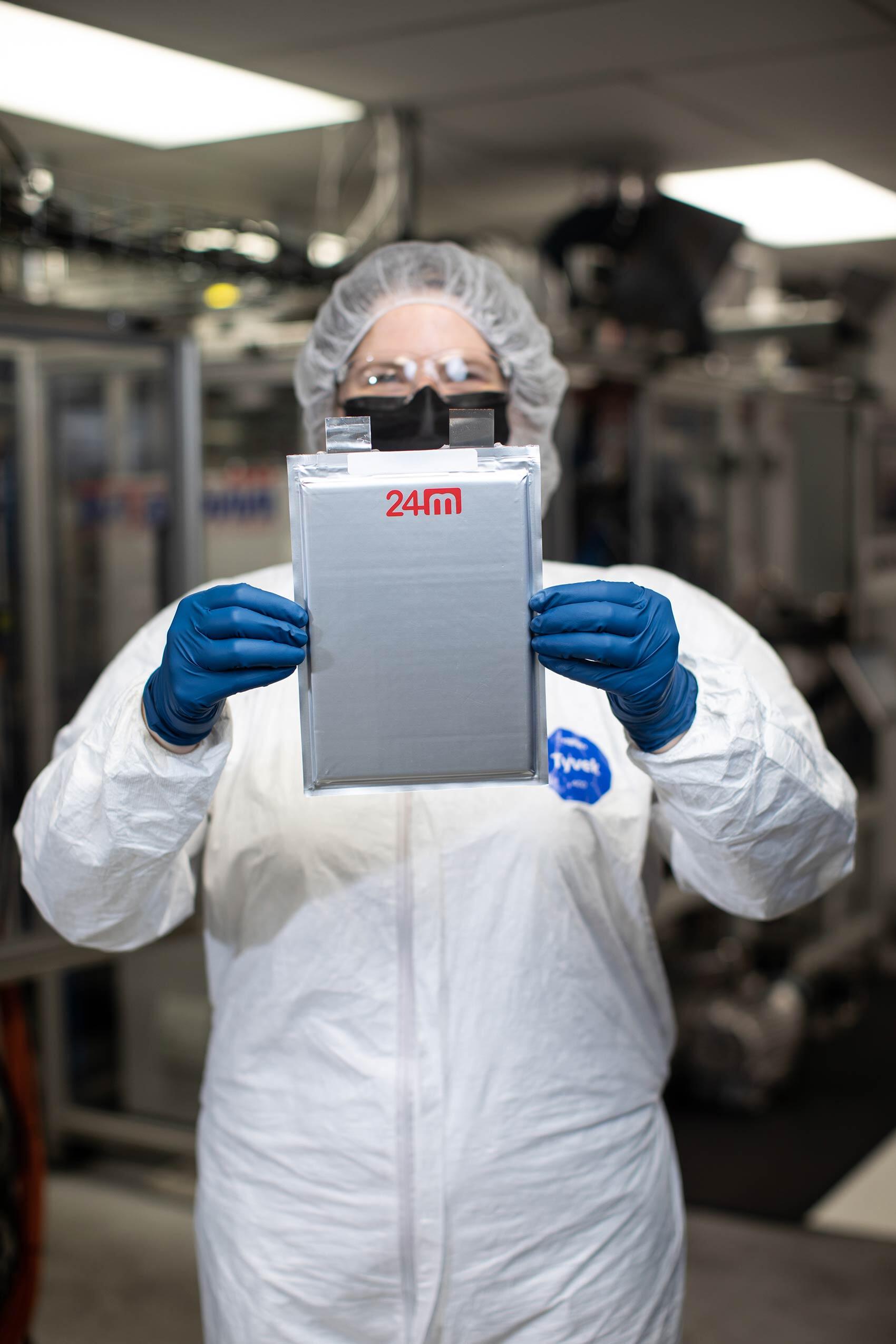ABOUT 24M
Reimagining the battery.
24M Technologies was founded with one purpose: To change the way the world makes batteries. Led by some of the industry’s foremost inventors, scientists and entrepreneurs, 24M has combined decades of battery expertise with radical, out-of-the-box thinking to develop a revolutionary approach to battery technology.
Critical roadblocks sit in the way of a world powered by affordable, high-performance batteries, from cost challenges to safety concerns and sustainability issues. At 24M, we’re tackling these issues at their core, reimagining and re-engineering the battery from the ground up.
Our commitment to building a sustainable future has fueled us since our origins in the labs of MIT and our launch in 2010. Today, with a rapidly expanding suite of battery technologies, we’re enabling the global transition to a cleaner, electrified world.
Our mission: Powering a greener future.
24M’s mission is clear: A better battery for a better energy future. To build it, we work with leading industry players worldwide, including energy storage system integrators, EV battery manufacturers and OEMs. By addressing the challenges still holding back these organizations today, we can create safer, longer-lasting and more affordable solutions that meet the world’s growing energy demands. We believe batteries play an essential role in a green and thriving future for our planet — so we’re pushing them forward to shape the world we envision.

Meet our leaders.
Our team is led by a prolific group of experts and scientists from across the battery world. Learn more about the people shaping the future of energy at 24M.

Join our team.
Do you share our vision for a sustainable future powered by safe, affordable batteries? Explore opportunities at a 24M office near you.

Connect with us.
Got questions? Get in touch with the 24M team.